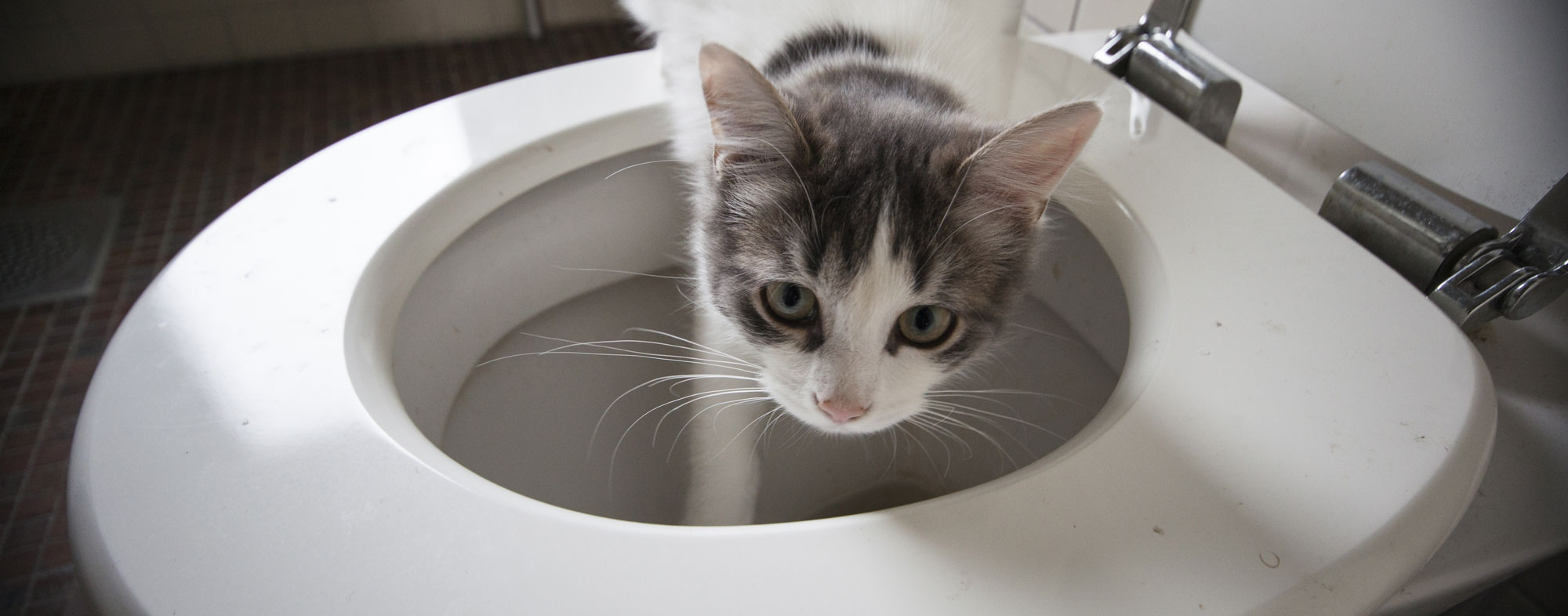When Flushing Animal Waste Down the Toilet Can be Harmful
When Flushing Animal Waste Down the Toilet Can be Harmful
Blog Article
Have you been interested in facts and techniques on Don't Flush Your Pets Poo Down The Loo, Vet Warns?

When it pertains to taking care of waste, especially animal waste, many people commonly turn to the hassle-free option of flushing it down the commode. Nevertheless, this seemingly simple service can have severe consequences for the environment and public health. In this post, we'll discover why flushing animal waste down the bathroom is a poor concept and provide alternate approaches for proper disposal.
Introduction
Appropriate waste disposal is vital for keeping environmental sustainability and public health. While it might appear harmless to flush animal waste down the bathroom, it can result in numerous issues, both for the atmosphere and human well-being.
Dangers of flushing pet waste
Ecological influence
Purging pet waste presents dangerous microorganisms and microorganisms into rivers, which can adversely impact aquatic ecological communities. These microorganisms can contaminate water resources and harm aquatic life, interfering with fragile environments.
Public health worries
Pet waste has unsafe germs such as E. coli and Salmonella, which can position major health threats to human beings. Purging animal waste down the bathroom can contaminate water materials, resulting in the spread of diseases and infections.
Alternatives to flushing
Instead of purging animal waste down the bathroom, there are several different disposal approaches that are much more eco-friendly and sanitary.
Composting
Composting pet waste is an environmentally friendly way to throw away it. By composting, organic matter is broken down right into nutrient-rich soil, which can be made use of to fertilize gardens and plants.
Land fill disposal
Throwing away animal waste in a garbage dump is one more choice. While not as eco-friendly as composting, it is a safer alternative to flushing, as it protects against the contamination of water resources.
Animal garbage disposal systems
There are customized animal waste disposal systems offered that securely and hygienically deal with animal waste. These systems often utilize enzymes to break down waste and get rid of smells.
Actions to proper pet garbage disposal
To ensure proper disposal of pet waste, comply with these steps:
Scooping and nabbing waste
Regularly scoop and bag pet waste making use of biodegradable bags. This protects against waste from infecting the environment.
Using assigned waste bins
Dispose of bagged animal waste in marked waste bins, such as garden compost bins or garbage dump containers. Prevent flushing it down the bathroom in all costs.
Cleansing litter boxes and pet dog locations consistently
Frequently tidy litter boxes and family pet locations to prevent the accumulation of waste and microorganisms. Use pet-safe cleansing products to maintain hygiene.
Advantages of appropriate disposal methods
Taking on correct disposal methods for animal waste uses several benefits:
Minimized environmental pollution
Correct disposal techniques reduce the risk of environmental pollution, protecting waterways and ecosystems from contamination
Minimized danger of water contamination.
By avoiding flushing pet waste down the toilet, the threat of water contamination is considerably decreased, safeguarding public health.
Enhanced hygiene and health
Proper disposal techniques advertise better sanitation and hygiene, producing a safer environment for both human beings and animals.
Verdict
To conclude, purging pet waste down the commode is unsafe to the setting and public health. By taking on different disposal approaches and following appropriate waste monitoring techniques, we can decrease the unfavorable influence of animal waste and contribute to a cleaner, healthier planet.
What To Do With Dog Poo – The Do's And Don'ts Of Disposing Of Faeces
Dog poo bins
Some councils provide dedicated dog waste bins in popular dog-walking areas that can take dog poo that has been bagged but you can legally dispose of dog waste in any public litter bin, as long as it is securely bagged. This also applies to your wheelie bin at home.
Do not flush
Water companies do not recommend flushing dog faeces down the toilet because certain parasites can survive the water processing treatment and are potentially harmful to humans. You should also never consider flushing dog poo that has been bagged down the toilet as the bags will not break down and instead create severe blockages in the sewage system.
In the woods
The Forestry Commission promotes a ‘stick and flick’ method for dealing with waste in the woods. This means finding a stick and using it to flick any poo from off the path so that it is out of the way of other walkers. You could also bury it as long as it is not in an area where there might be livestock.
Livestock
Parasites found in dog poo can be transmitted to livestock if they inadvertently eat infected faeces that has been left on grazing land. This could result in the death of sheep or abortion in cattle so you should always make sure you pick up your dog’s waste in fields where livestock could be present.

Frequently tidy litter boxes and family pet locations to prevent the accumulation of waste and microorganisms. Use pet-safe cleansing products to maintain hygiene.
Advantages of appropriate disposal methods
Taking on correct disposal methods for animal waste uses several benefits:
Minimized environmental pollution
Correct disposal techniques reduce the risk of environmental pollution, protecting waterways and ecosystems from contamination
Minimized danger of water contamination.
By avoiding flushing pet waste down the toilet, the threat of water contamination is considerably decreased, safeguarding public health.
Enhanced hygiene and health
Proper disposal techniques advertise better sanitation and hygiene, producing a safer environment for both human beings and animals.
Verdict
To conclude, purging pet waste down the commode is unsafe to the setting and public health. By taking on different disposal approaches and following appropriate waste monitoring techniques, we can decrease the unfavorable influence of animal waste and contribute to a cleaner, healthier planet.
What To Do With Dog Poo – The Do's And Don'ts Of Disposing Of Faeces
Dog poo bins
Some councils provide dedicated dog waste bins in popular dog-walking areas that can take dog poo that has been bagged but you can legally dispose of dog waste in any public litter bin, as long as it is securely bagged. This also applies to your wheelie bin at home.
Do not flush
Water companies do not recommend flushing dog faeces down the toilet because certain parasites can survive the water processing treatment and are potentially harmful to humans. You should also never consider flushing dog poo that has been bagged down the toilet as the bags will not break down and instead create severe blockages in the sewage system.
In the woods
The Forestry Commission promotes a ‘stick and flick’ method for dealing with waste in the woods. This means finding a stick and using it to flick any poo from off the path so that it is out of the way of other walkers. You could also bury it as long as it is not in an area where there might be livestock.
Livestock
Parasites found in dog poo can be transmitted to livestock if they inadvertently eat infected faeces that has been left on grazing land. This could result in the death of sheep or abortion in cattle so you should always make sure you pick up your dog’s waste in fields where livestock could be present.

Hopefully you enjoyed our topic about Can You Flush Dog and Cat Poo Down the Toilet?. Many thanks for taking a few minutes to read through our short article. So long as you enjoyed our blog posting please do not forget to pass it around. I recognize the value of reading our article about Should you flush animal waste down the toilet.
Check This Out Report this page